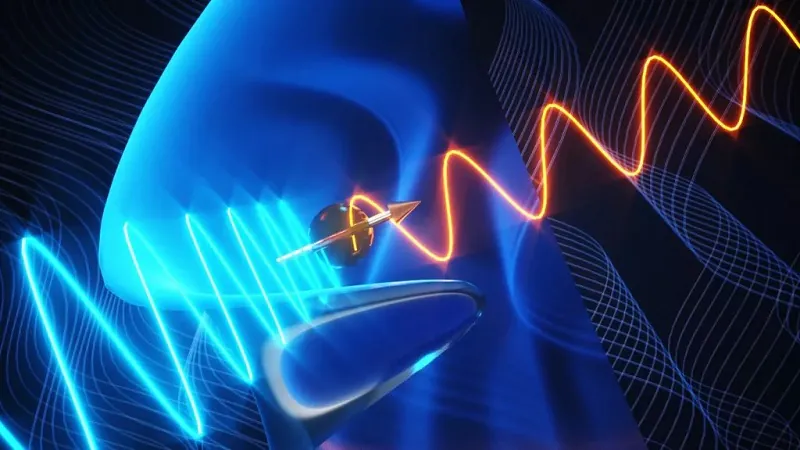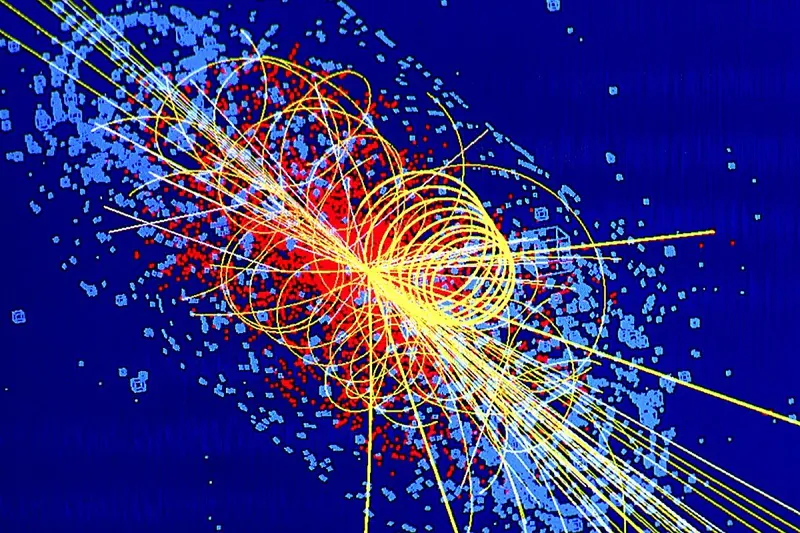© ROOT-NATION.com - Use of content is permitted with a backlink.
Researchers have discovered a new particle that is magnetic to the Higgs boson. While the discovery of the Higgs boson required enormous power from the Large Hadron Collider (HAC), this unprecedented particle, called the Higgs axial boson, was discovered by an experiment that would fit on a small kitchen countertop. This particle, the magnetic cousin of the Higgs boson, is responsible for giving other particles their mass. It is not only the first of its kind but may also be a candidate for dark matter, which accounts for 85% of the total mass of the universe.

A new study published in Nature explains that the original Higgs boson is not directly related to light, which means that it must be created by colliding other particles in huge magnets with powerful lasers at extremely low temperatures. It is the decay of these primitive particles into other rapidly emerging ones that reveals the presence of the Higgs boson.

Particle physicists had previously predicted the Higgs axial mode and even used it to explain dark matter, but this was the first time it had been observed. And this is the first time that scientists have observed a state with multiple symmetries.
The fact that this double symmetry violation is still consistent with modern physical theories is striking, as it could be a way to create so far invisible particles that could explain dark matter.
“The basic idea is that to explain dark matter, we need a theory that is consistent with existing experiments with particles, but creates new particles that have not yet been observed.”
According to scientists, adding this additional symmetry violation through the Higgs axial mode is one way to achieve this. Despite the predictions of physicists, the observation of the Higgs axial boson came as a surprise to the team, and they spent a year trying to test their results.
You can also help Ukraine fight with Russian occupants via Savelife or via an official page of the National Bank of Ukraine.
Read also:
- The Large Hadron Collider sets a new record
- MIT scientists have found an effective way to fight glioblastoma


